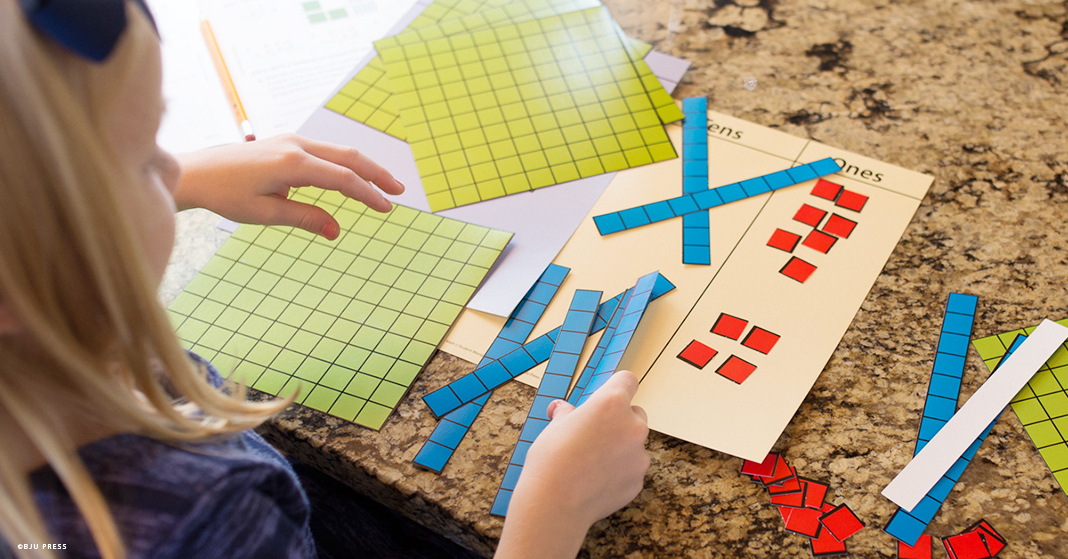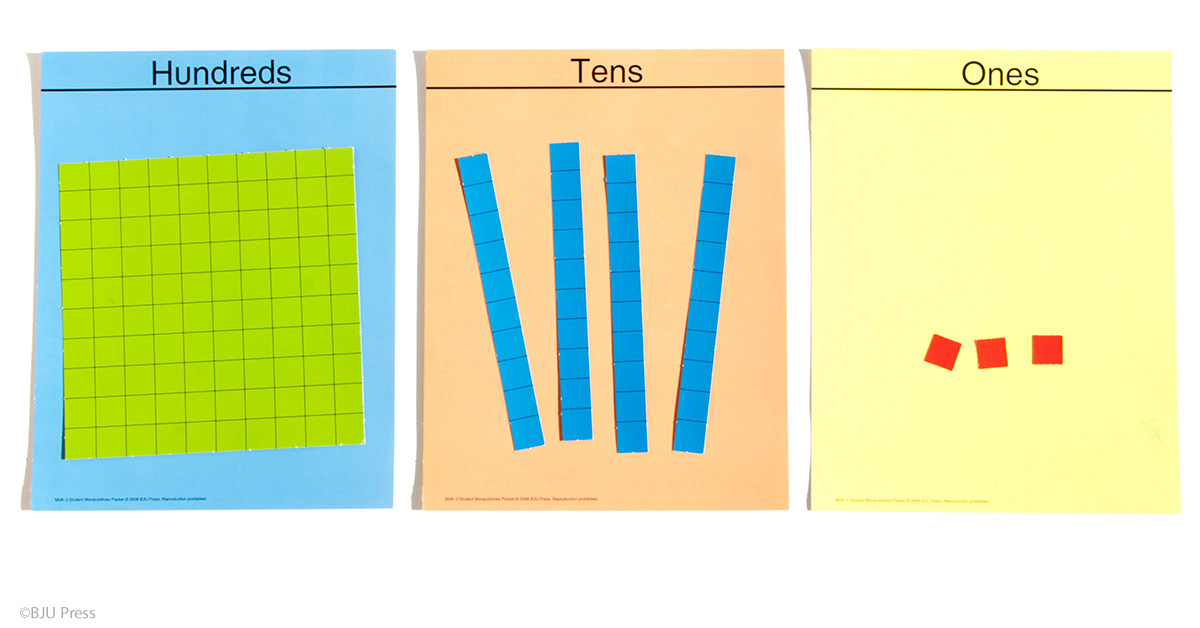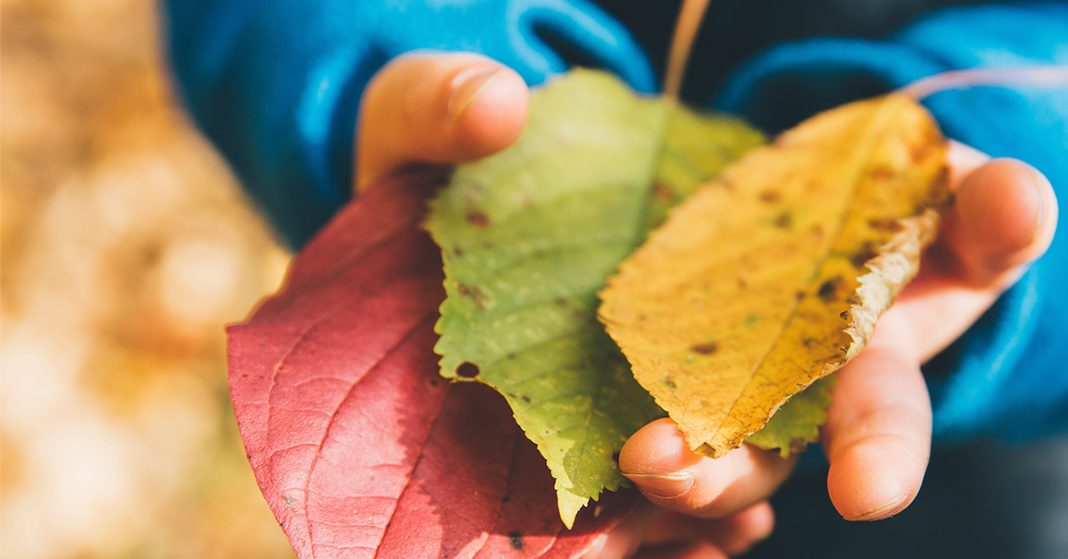
One of the wonderful things about homeschooling is the freedom to adapt your lessons to the seasons or to your kids’ needs! This autumn, why not incorporate natural elements, fresh air, and movement to spice up those lessons? Check out these five ways to use leaves in your homeschool lessons.
1. Hone those identification skills.
One way to use those fall leaves is to have a classification session. Run outside with your kids and gather up some freshly fallen leaf specimens. Make sure your kids bring back several different kinds of leaves, of various shapes, sizes, and colors. With the help of the internet, some library books, or a BJU Press textbook, your kids can compare the leaves they have found to the pictures they see. Once they note the specific traits of each leaf, they’ll be able to identify which kind of tree it came from.
2. Have a homeschool microscope session.
There are a million fun and educational things you can do with a microscope; so if you don’t already have one, consider investing in a small, inexpensive model for starters. Maybe you can borrow one from a friend for this lesson.
After the initial “Wow!” moment when your kids see an autumn leaf under the microscope for the first time, ask them to describe what they see in a few sentences. Do leaves from various kinds of trees appear different under the lens?
Consider comparing a leaf that’s still green with one that is red or yellow. How do they look under the microscope when compared to a leaf that’s very brown and dry?
3. Create fall leaf art pieces for your homeschool.
For your homeschool art class, why not make leaf rubbings, leaf lanterns, leaf puppets, leaf masks, or leaf crowns? You can also create garlands, wreaths, prints, and collages with the leaves. Or just give your kids a bunch of art supplies (like glitter, glue, chalk, paper, yarn, and googly eyes) and see what they come up with! This post from HandsOnAsWeGrow.com includes links to dozens of fall leaf crafts.
4. Get down to the molecular level.
Older kids may be more interested in the actual process by which leaves change color. Talk with them about the cellular structure of the leaves and about the presence of carotenoids and other pigments. You’ll find excellent material in the BJU Press science textbooks as well as on the Harvard Forest website and at Environmental Education for Kids website.
5. Use leaves as math manipulatives in your homeschool lessons.
Almost anything can become part of a math lesson! To add seasonal flair, let your preschoolers or kindergartners count some fall leaves. For elementary-aged kids, teach fractions by snipping the leaves into sections and showing what three-fourths or two-fifths might look like.
Once you’ve used the leaves for your lessons, they’ll probably be crumbling and falling apart. That’s a great time to talk to your kids about properly disposing of yard waste and recycling it if possible. Fallen leaves can become mulch for your flowerbeds or an addition to your compost pile. In God’s world, nothing is wasted—even the death of the summer leaves enriches the earth and enables new life in the spring.
• • • • •
Rebecca is a work-at-home freelance writer, novelist, wife, and the mom of two bright-eyed little ones. She credits her success in writing and her love of books to her own mom, who homeschooled three kids from pre-K through high school.
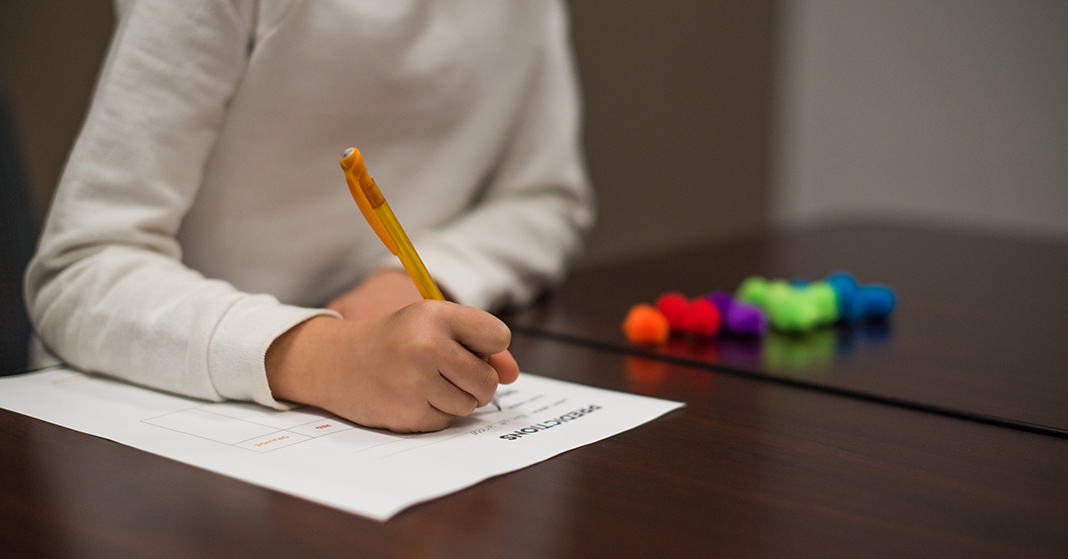
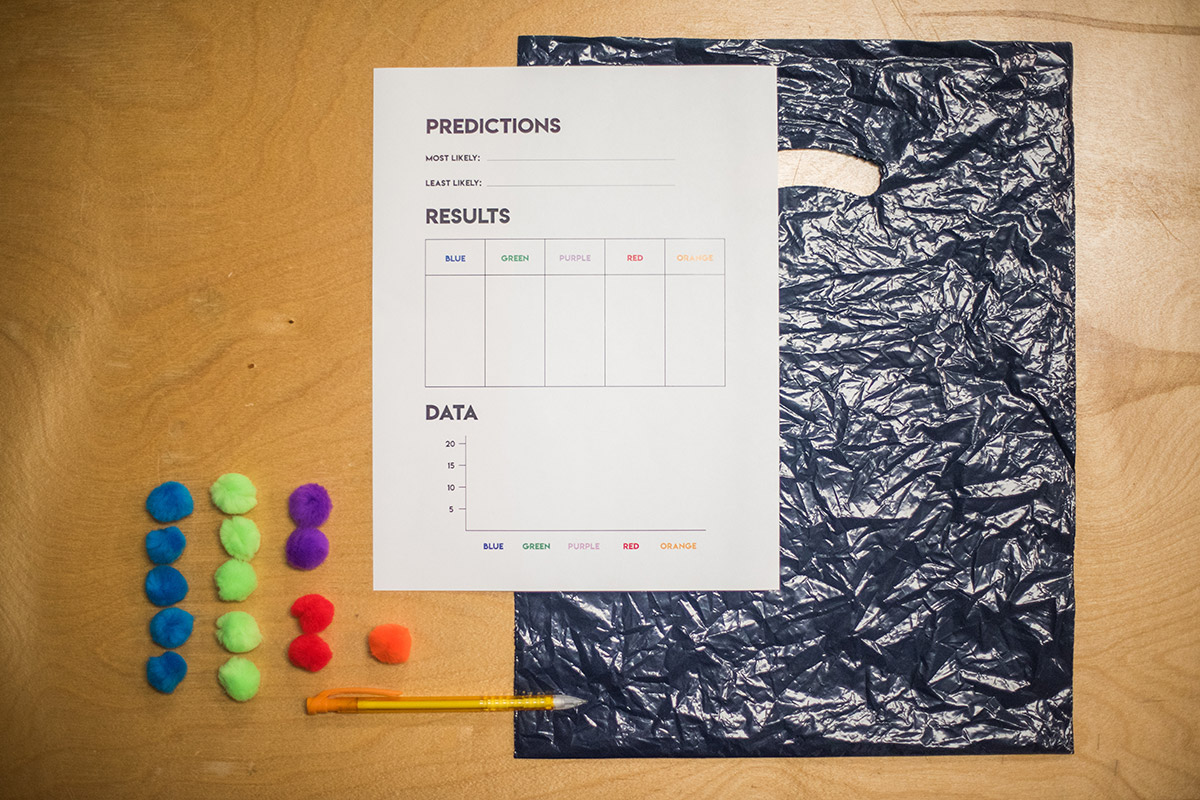 Get Ready for Learning Success
Get Ready for Learning Success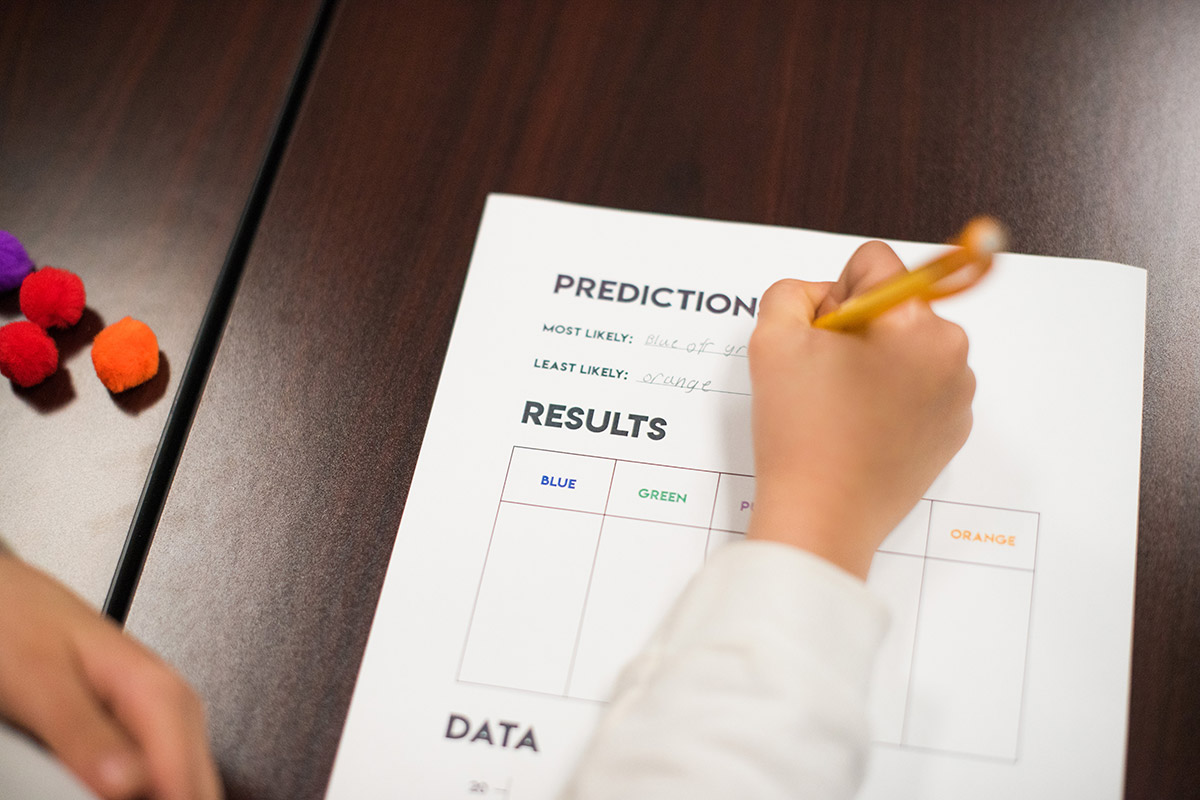 Deepen Understanding Through Discovery
Deepen Understanding Through Discovery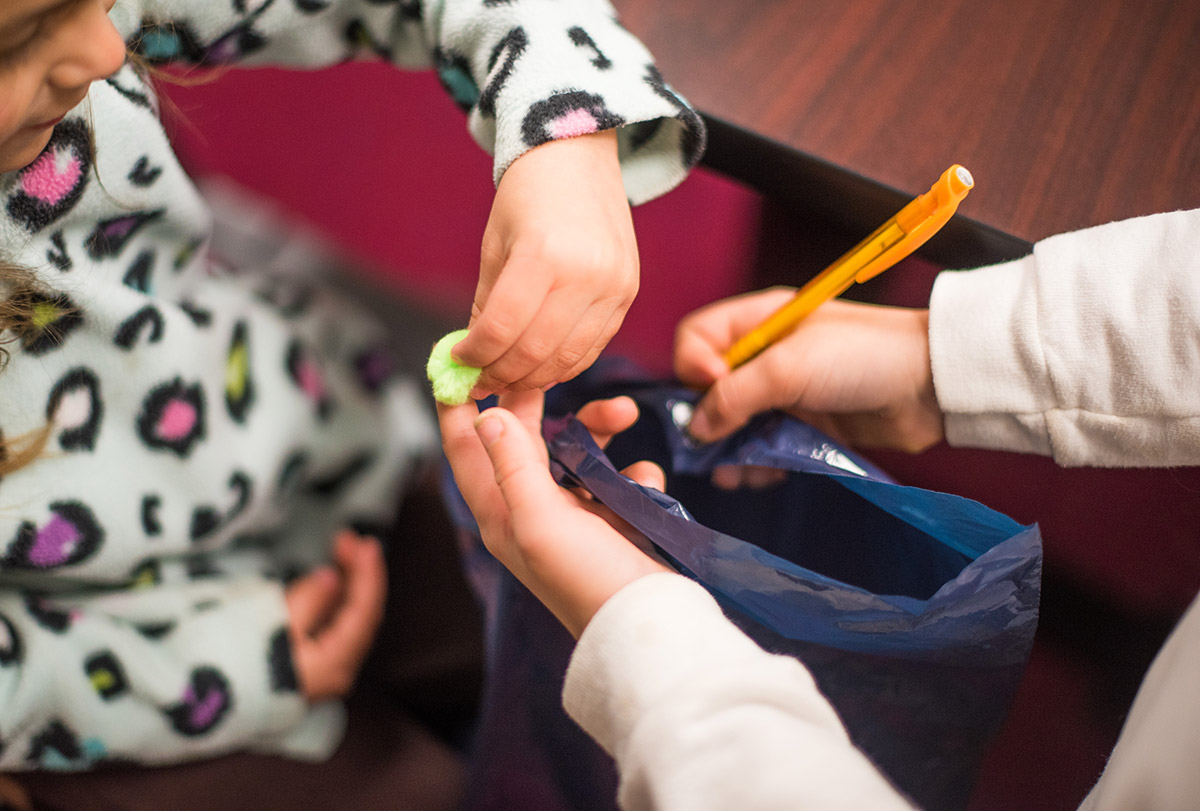 Communicate Results
Communicate Results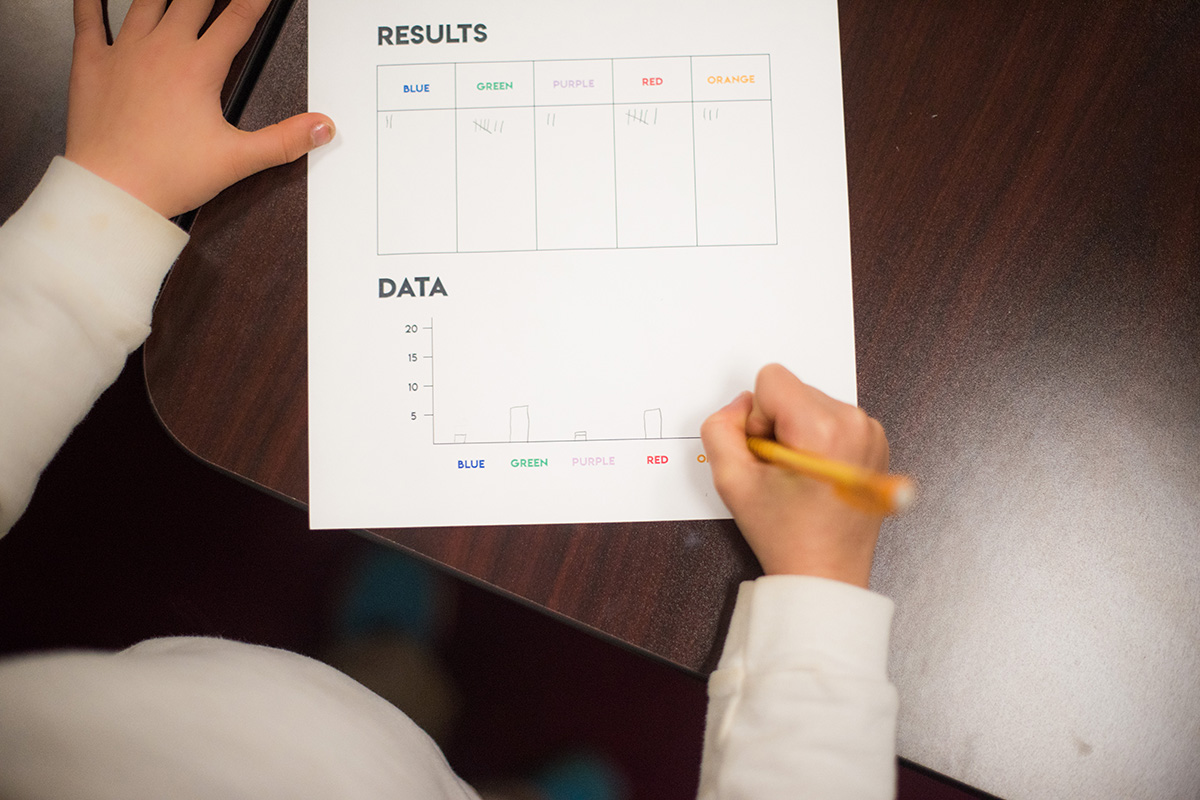
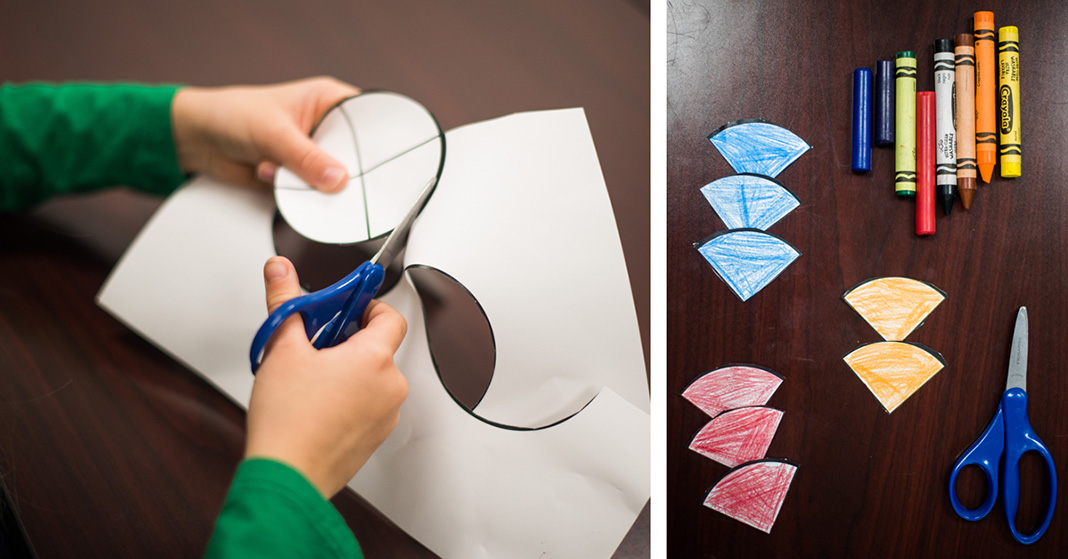
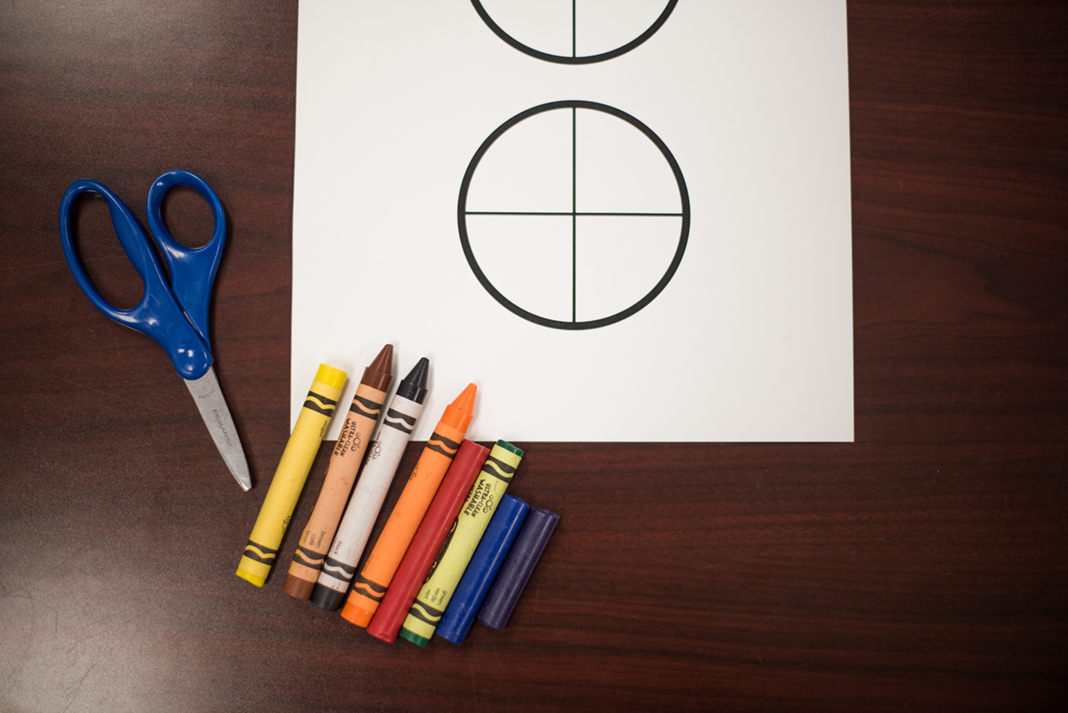
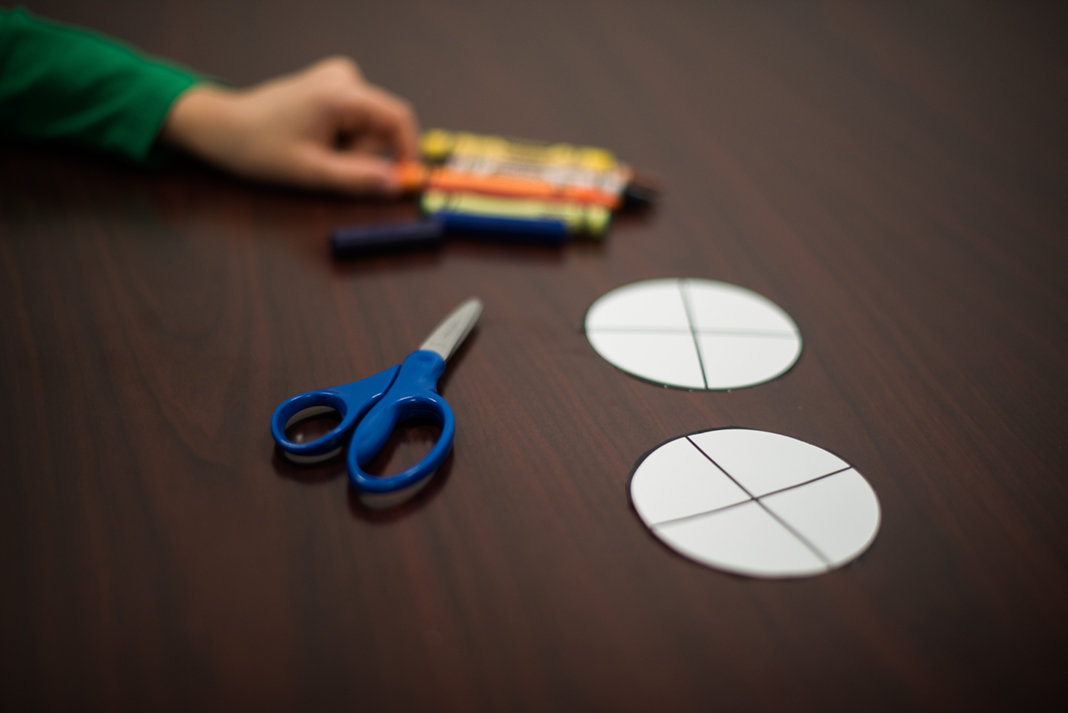 Instructions
Instructions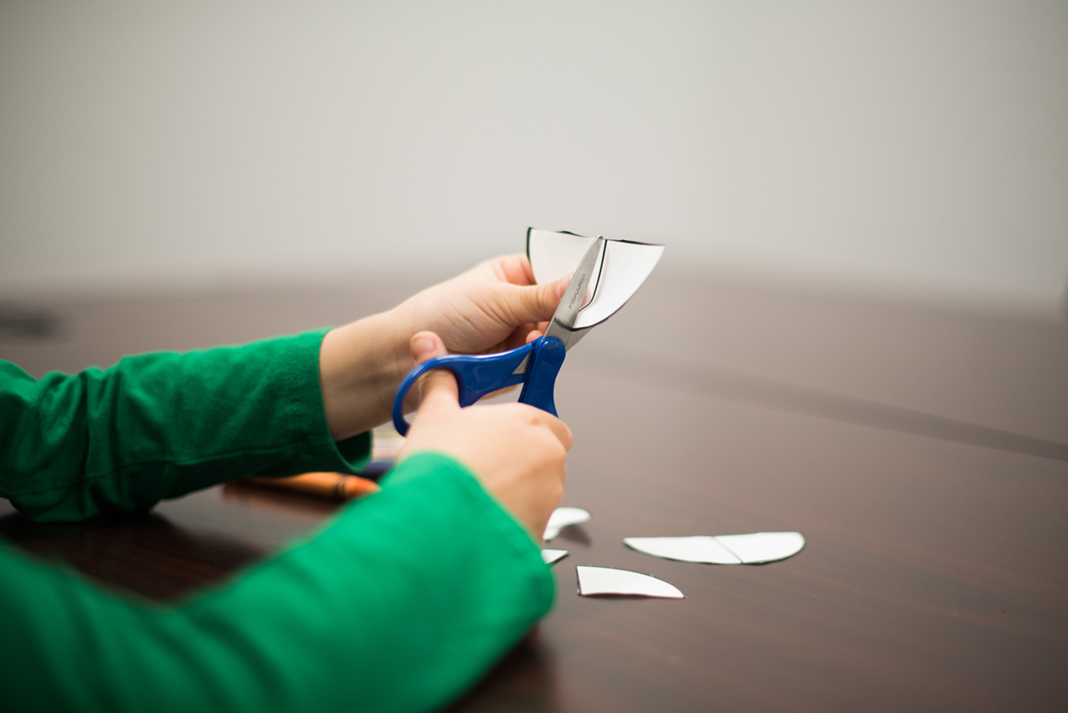
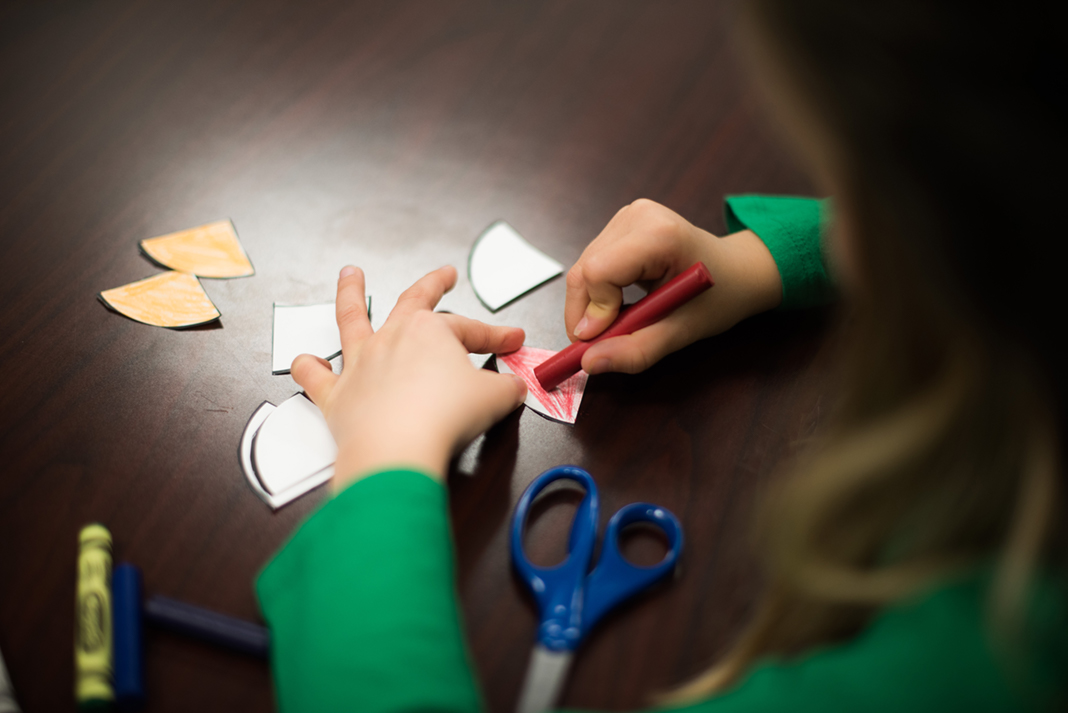
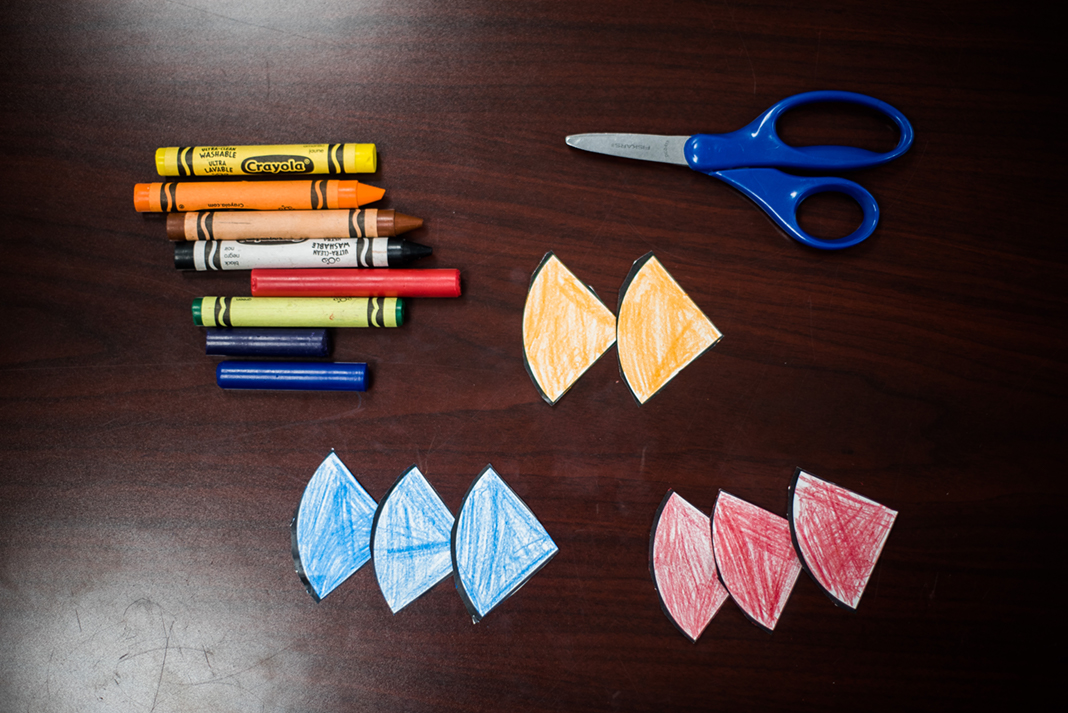 Why Hands-On Works
Why Hands-On Works